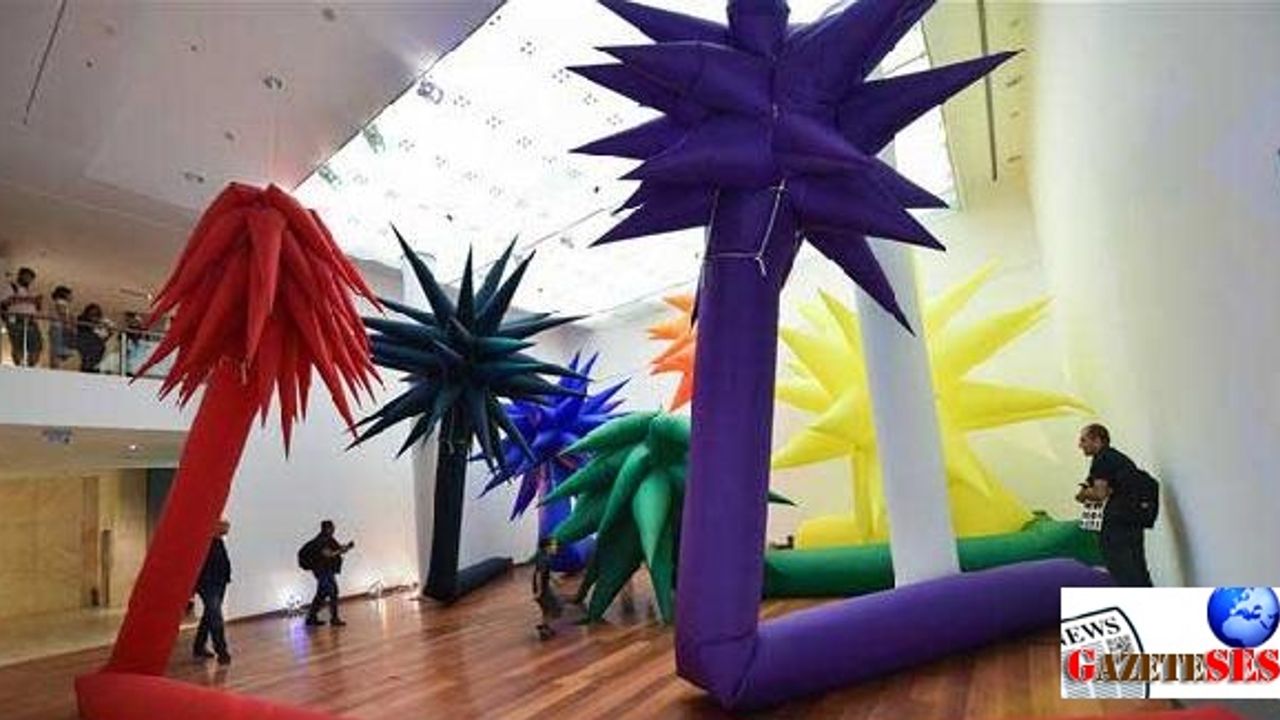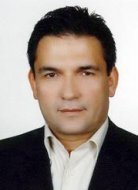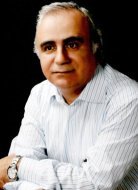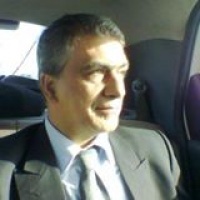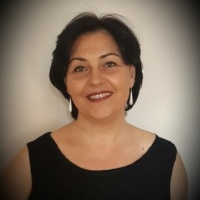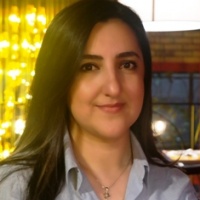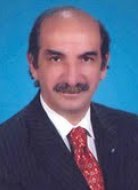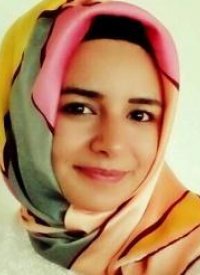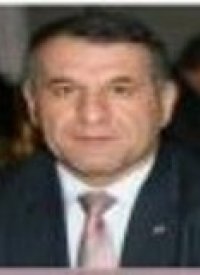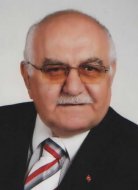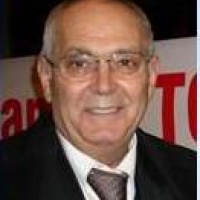Istanbul, Sep 8 () - Sabancı University’s Sakıp Sabancı Museum (SSM) is hosting the innovative and dynamic spirit of ZERO, the biggest art network of the 20th century.
The exhibition, “Zero. Countdown to the Future” focuses on the ZERO movement, which was born in 1957 in Düsseldorf as a response to the stagnant and negative atmosphere following the end of World War II. Its name was inspired by the countdown at a rocket launch.
The exhibition brings together over a hundred works in different materials and techniques by the founders of ZERO, Heinz Mack, Otto Piene and Günther Uecker, along with works by notable artists Yves Klein, Piero Manzoni and Lucio Fontana, who served as spiritual forefathers of the movement.
“ZERO. Countdown to the Future” is shaped by the core concepts that largely informed the movement, such as light, time, space, color and movement, and is curated by the founding director of the ZERO Foundation, Mattijs Visser.
“The story of holding the ‘ZERO. Countdown to the Future’ exhibition at SSM started with a meeting with Heinz Mack, one of the founders of this major art and thought movement, during the 2014 Architecture Biennial in Venice. My friendship with Mack has led to art lovers in Turkey becoming acquainted with ZERO, the most important avant-garde movement of the mid-20th century” said Nazan Ölçer, director of the Sakıp Sabancı Museum.
ZERO was born in Germany, the European state where World War II left its profoundest marks. Visser said ZERO’s creation came about at a time of young artists questioning themselves, while creating alternative ways and opportunities of communication, in the existential vacuum left after World War II. With similar visions for the future of art in Europe, artists Günther Uecker, Piene and Mack came together to “abandon pessimism and start from zero.” These three founders, together with Klein, Fontana and Manzoni as their “forerunners” soon drew many artists from almost every corner of Europe and from places as far away as Japan.
When founder Mack announced the end of ZERO at its last exhibition in 1967, the ZERO concept had long since stamped its mark on a period of 20th century European contemporary art, despite a life span of just 10 years.
Olçer called ZERO “a product of its time” adding:
“In this period when new technologies were flourishing, the space race was at its height and reaching the moon was no longer a dream, art was adapting to these dizzying developments. ZERO challenged the static approach of traditional art, imprisoned in canvas and frame taking a completely new path that was constantly in flux and invited viewers to communicate, and allowing modern technologies to find an extensive place in the concepts of modern art. But the focal point was always light. Instilling the world with hope and the philosophy of building a bright future are reasons why ZERO still maintains its relevance today. More freedom, transparency, a more humane future, the quest for peace and hope...”
Olçer continued that in the current exhibit, “we respect all the hope the conveyed, the optimism they spread and their almost child-like enthusiasm,” more than 50 years on.
The exhibition is supported by Akbank Sanat. Akbank Chairman and executive board member Suzan Sabancı Dinçer, who delivered a speech at the opening ceremony on Sept. 2, said, “ZERO is one of the most influential and important avant-garde artistic visions that promotes innovation, dynamism, and creativity, thus harmonizing with Akbank’s basic values. The primary color of ZERO is white, as ‘Ak’ in Akbank refers to. Namely and significantly, this [exhibit] makes a perfect match with Akbank.”
Visser added, “We are proud that the exhibition at the S.U. Sakıp Sabancı Museum will sustain the principle of transcending and eliminating artistic and geographic borders, which lies at the heart of this movement, and support dialogue between different cultures.”
The exhibition will continue through Jan. 10, 2016 at the SSM, along with numerous symposia, conferences, film screenings, children’s workshops and an audio guide.
A 2014 documentary about the ZERO movement will also be screened throughout the exhibition at SSM, on display in the museum’s conference hall with Turkish subtitles.
(Photo)
